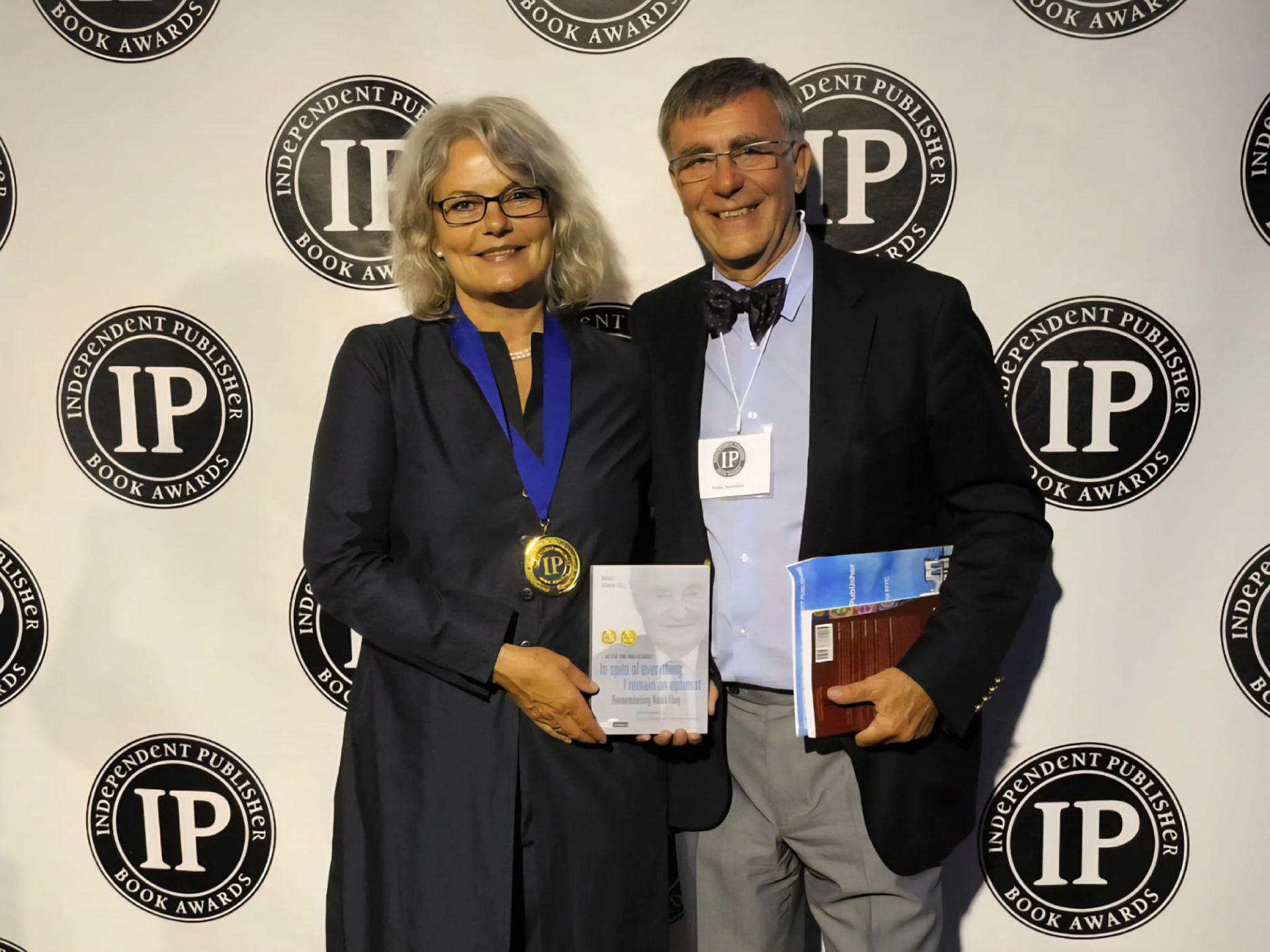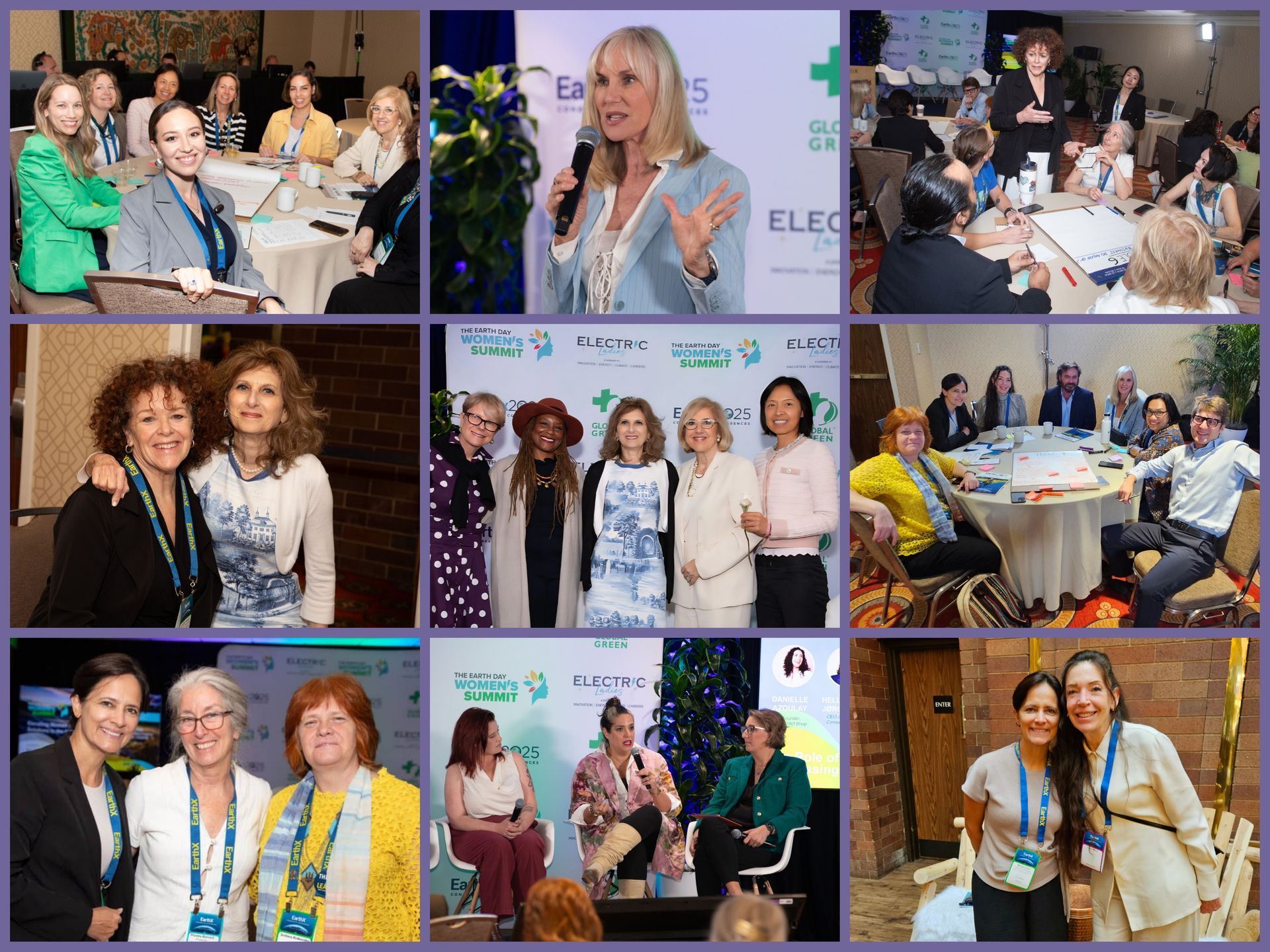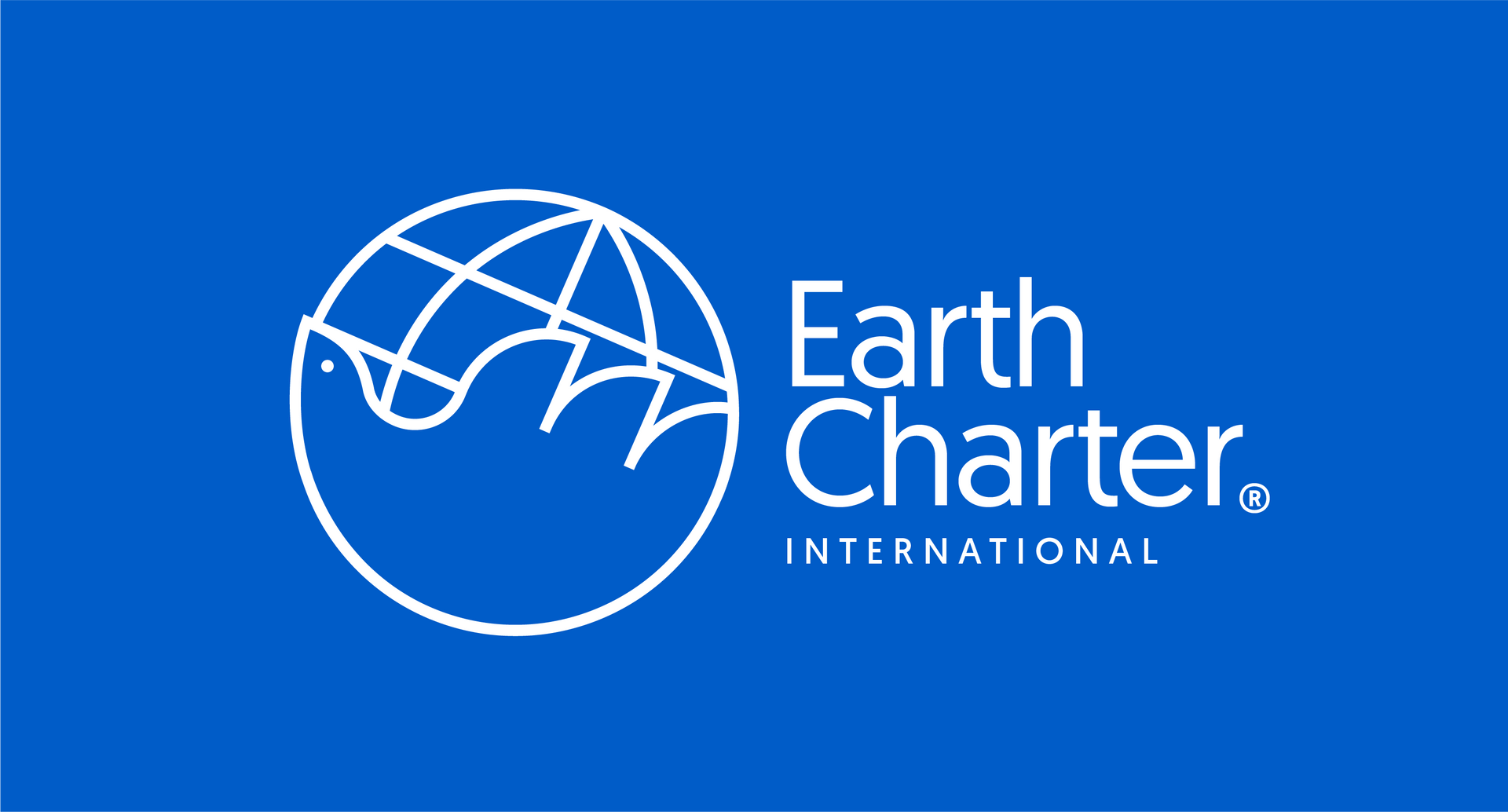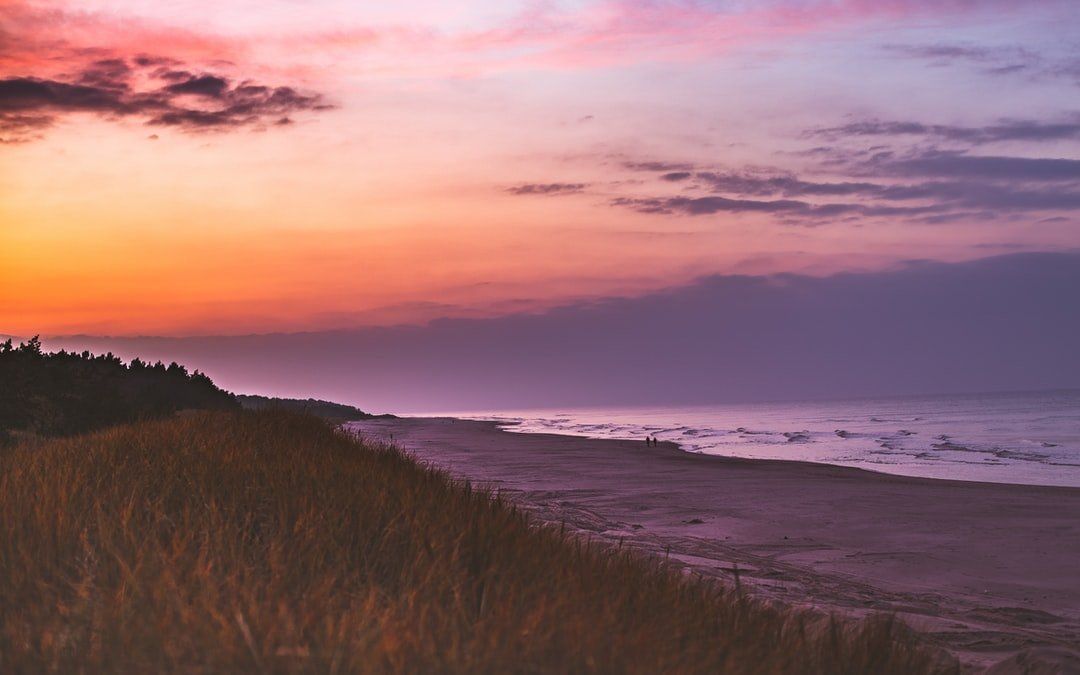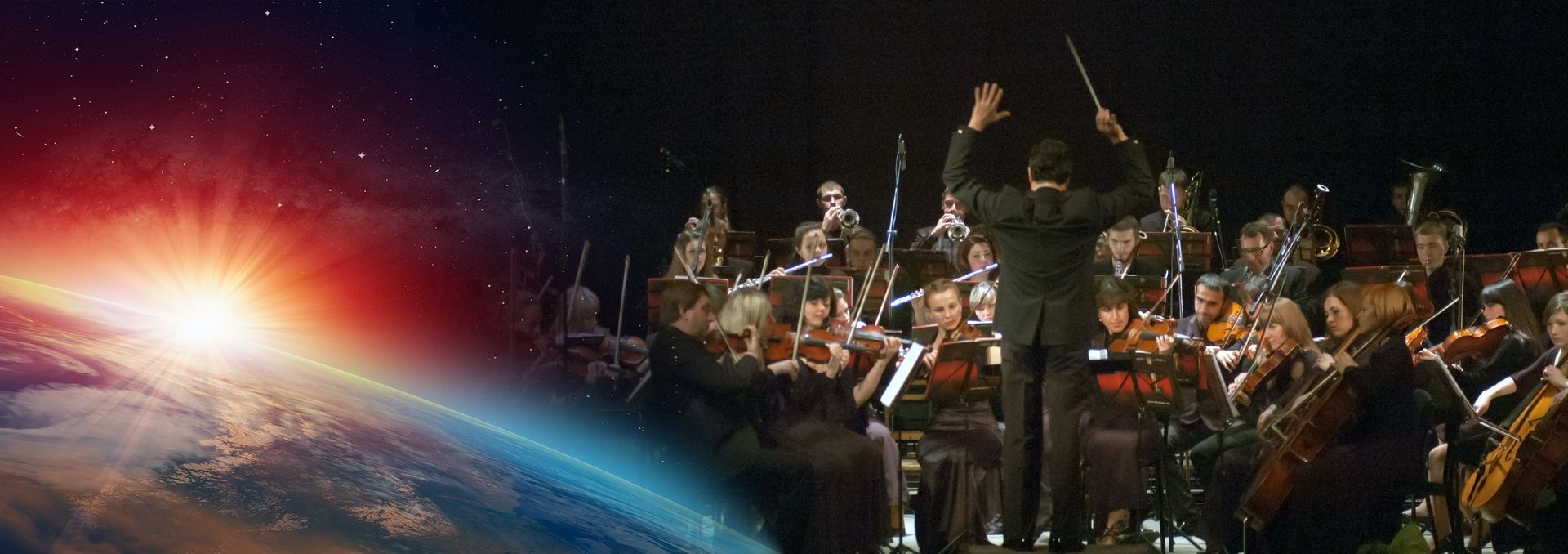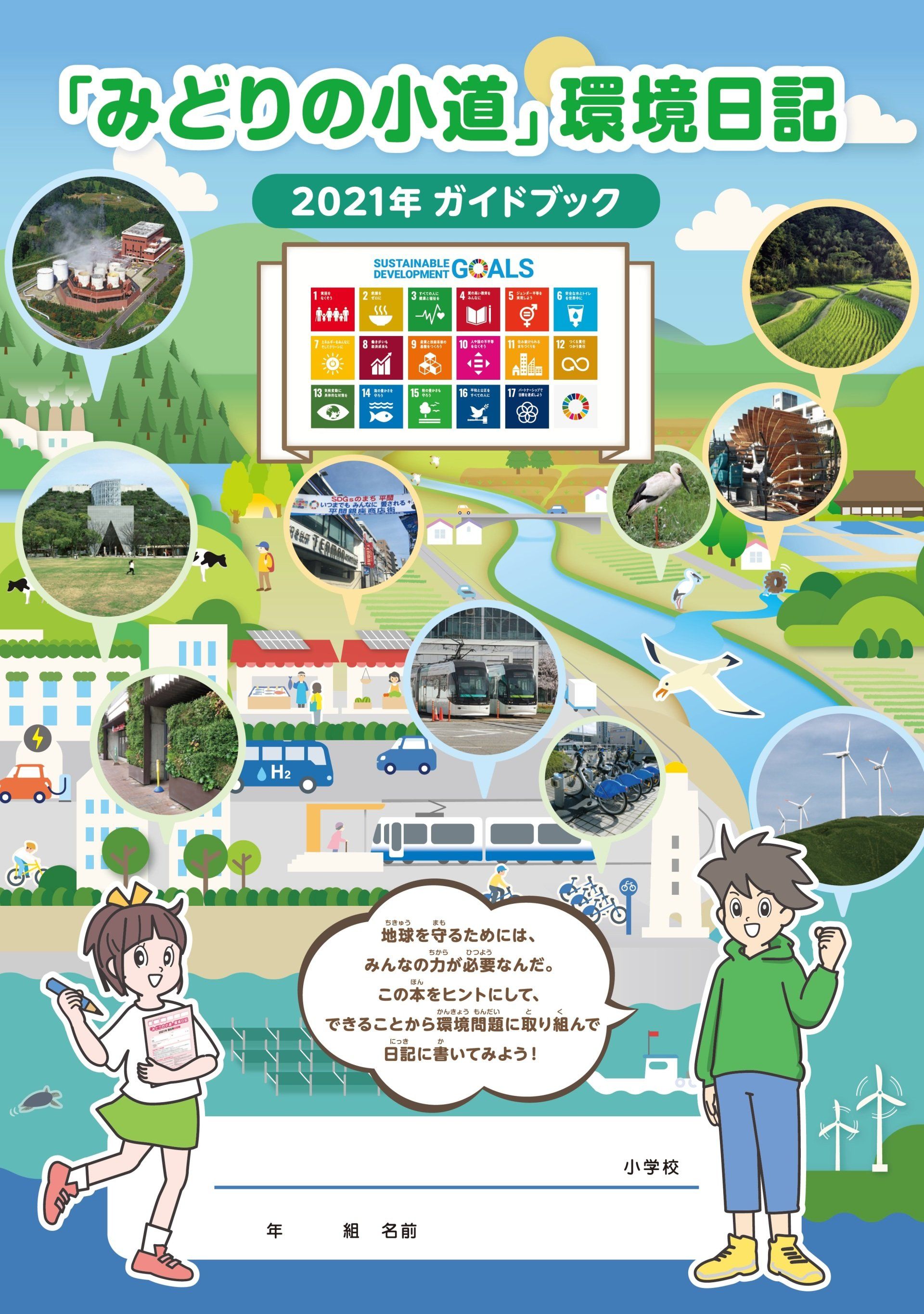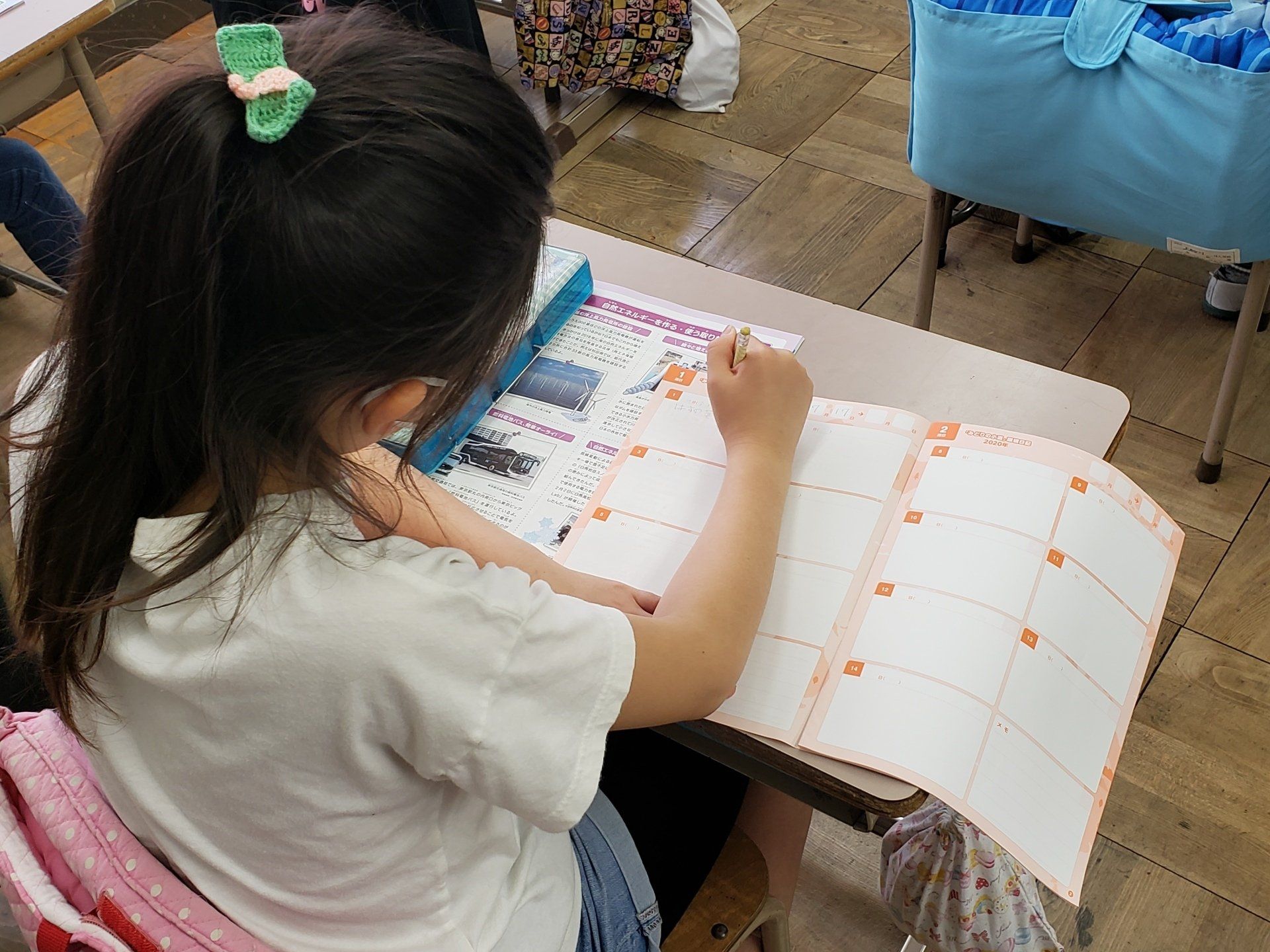“Save the Drop”, Green Cross campaign for World Water Day 2017
GCI Office • March 21, 2017
“Save the Drop”, Green Cross campaign for World Water Day 2017
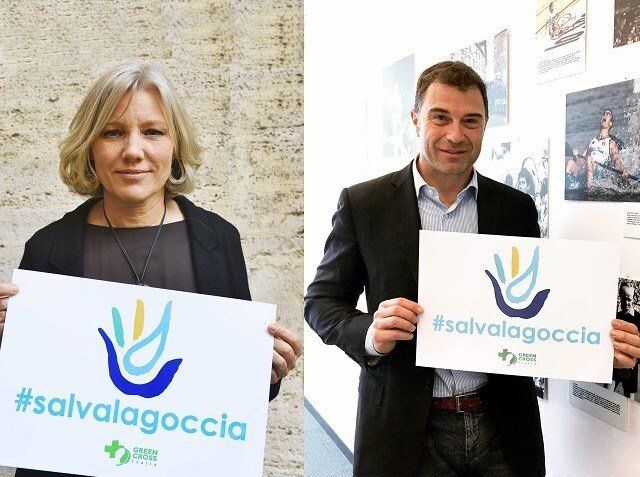
Children and students in schools, citizens and families, and athletes all over the world are invited to participate in this special anti-waste challenge. The objective: to reduce the amount of waste going down the drain and set new water savings records. This challenge, alongside canoeing medalists Josefa Idem and Antonio Rossi, is under the patronage of the Italian National Olympic Committee (CONI).
For World Water Day 2017, the theme chosen by the United Nations is the Wastewater – water from domestic, agricultural and industrial uses that might be discharged into nature without being properly treated.
By 2050, 70 per cent of the world’s population will live in cities. Most urban areas of developing countries, however, don’t have adequate infrastructure to treat water in an efficient and sustainable way. It will be a challenge to find new approaches to collect and use waste water, and it will also be necessary to adopt a more conscious use of water resources in our daily lives.
In the social media age, word-of-mouth can travel fast and helps to overcome this challenge. It is easier than ever before to convince many people to reduce waste, speed up their shower, or use a glass of water for tooth brushing instead of running the tap, as well as raise awareness about choosing low water footprint foods (fruits and vegetables), reusing water several times before throwing it away, and avoiding polluting habits.
Participation is very easy. Just think, and put into practice, an action to protect water resources, post it to a Facebook page or Twitter account profile (using the hashtag #salvalagoccia and #savethedrop) and share it on the “Salva la Goccia” Facebook page. An online counter at www.immaginiperlaterra.it will keep updating the number of participants, showing in real time the contribution of communities to safeguarding water resources.
In recent years the “Save the Drop” campaign has involved more than 100,000 students, over 300 schools, several municipalities and mayors, and thousands of Facebook users. These numbers are set to rise for this fifth edition that will be undertaken on 22 March.
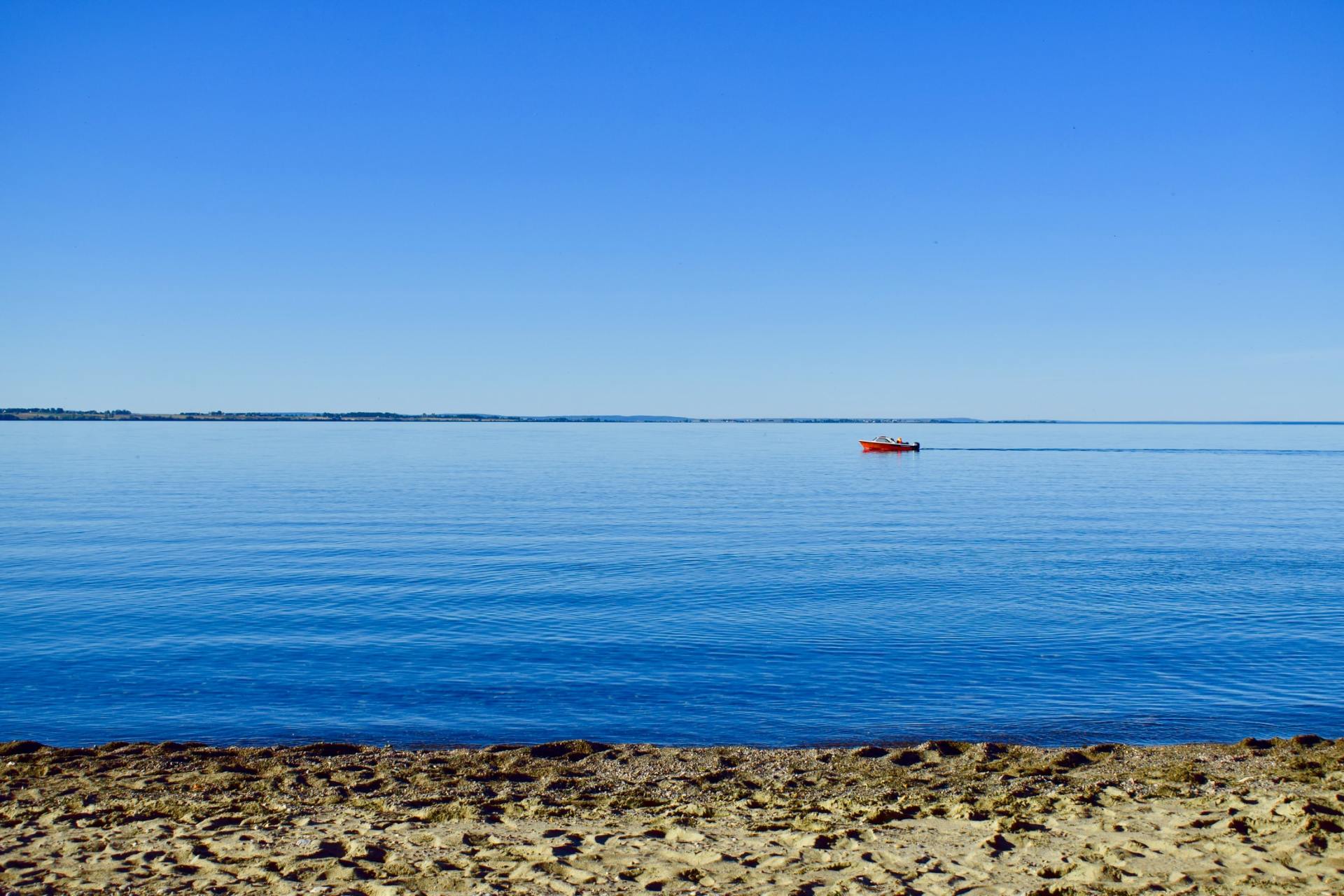
One of Europe's biggest freshwater lakes. VÄTTERN BELOW THE SURFACE (Documentary 2020) Lake Vättern Below the Surface This documentary brings forth new perspective of Swedish water management. This film is an example of how water management can be risking human health and water quality, not only in Sweden but in countries worldwide. The problem is most of the countries in the western world does not have a functioning water management, nor do they have field personnel or fully employed environmental diving inspectors checking the ecosystem below the surface. Eurofins, a major company in Europe testing for different toxins and substances, can today only provide data on approximately 300 substances. From a average sewer plant there can be an outlet of some 10 000 to a 100 000 chemicals. We cannot see chemicals, but we can see the effects when we dive. What we see are dead ecosystems at the bottom of lakes with algal blooms containing toxic cyanobacteria as a result of chemical discharge. These cyanotoxins are today linked with human diseases such as ALS, Alzheimer's and Parkinson, to name a few. The problem is we don't really know how many toxins there are in our drinking water, or in the food we eat. The film Lake Vättern Below the Surface documents this issue. The international community must begin to reevaluate how we are going to solve this problem. After you view this film some things to consider and discuss are the following topics below. These challenges we now see can easily be solved in a first stage. What is needed is to assess the level of toxic discharge there is in national water systems. We need to begin by digitizing all outlets and create an overview map of the difference in toxins found in the water systems. Then an overall plan can be tailormade made for the infrastructure in country and for the local communities. A common sense example is that placing heavy industrial complexes upstream freshwater lakes which are utilized for drinking water is not a good idea. Sweden has already solved the first stage and created a database showing the direction all water flow in the country, meaning the surface water and most of the groundwater. If a lorry with toxic cargo tips over we can follow the contamination downstream in the database and see how it affects the water system. What the country of Swedish has not realized is that we have laid the foundation for a much bigger database. Within this system we have the possibility to register the toxic discharge that is currently approved by the government. We can for example register into the database the estimated 6,000 covered dumping sites currently leaking toxic wastewater, as well as our thousands of sewer plants, industrial outlets, and the dumping locations of munition materials by Armed Forces. This can be done to provide an overview to assess the impact of the chemical outlets to our water systems. The governments have the necessary data to make this happen. This can be an effective tool to control and stop to sensitive ecosystems and keep our citizens and future generations safe. The next two steps involve diving and field personnel to survey the water systems and assess the state of ecosystems below the surface, in each country. Most important is to begin researching the methods for sampling the thousands of chemicals in our water. If we do not stop the dissemination of toxic chemicals today it could take years into the future before we solve what will become an even greater challenge to provide clean water, which is safe to drink. We need to know what our water contains to keep people, animals and the ecosystem out of harm's way. Water security will also be a major challenge for governments worldwide with the challenge of climate change. Green Cross Sweden, together with Green Cross international, are in talks with the water researchers behind this film to create a pilot studies in several countries that can address this issue or water management internationally on an global scale. Together we can change the world towards a sustainable future. - Andreas Vos Board Member, Green Cross Sweden

